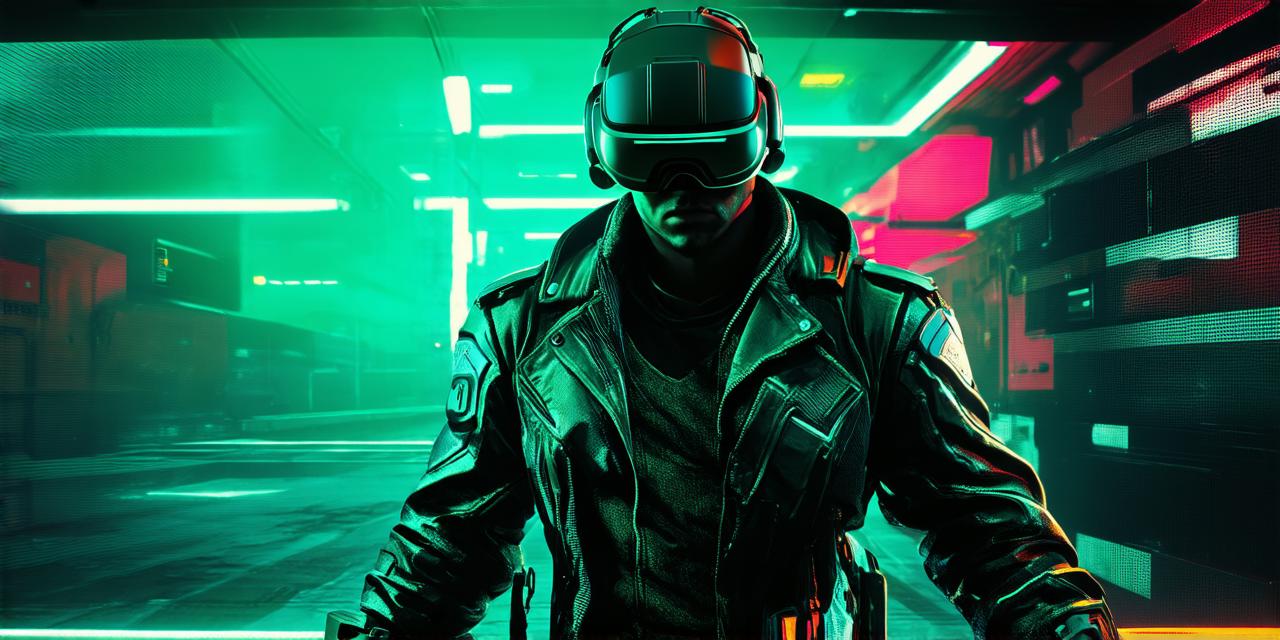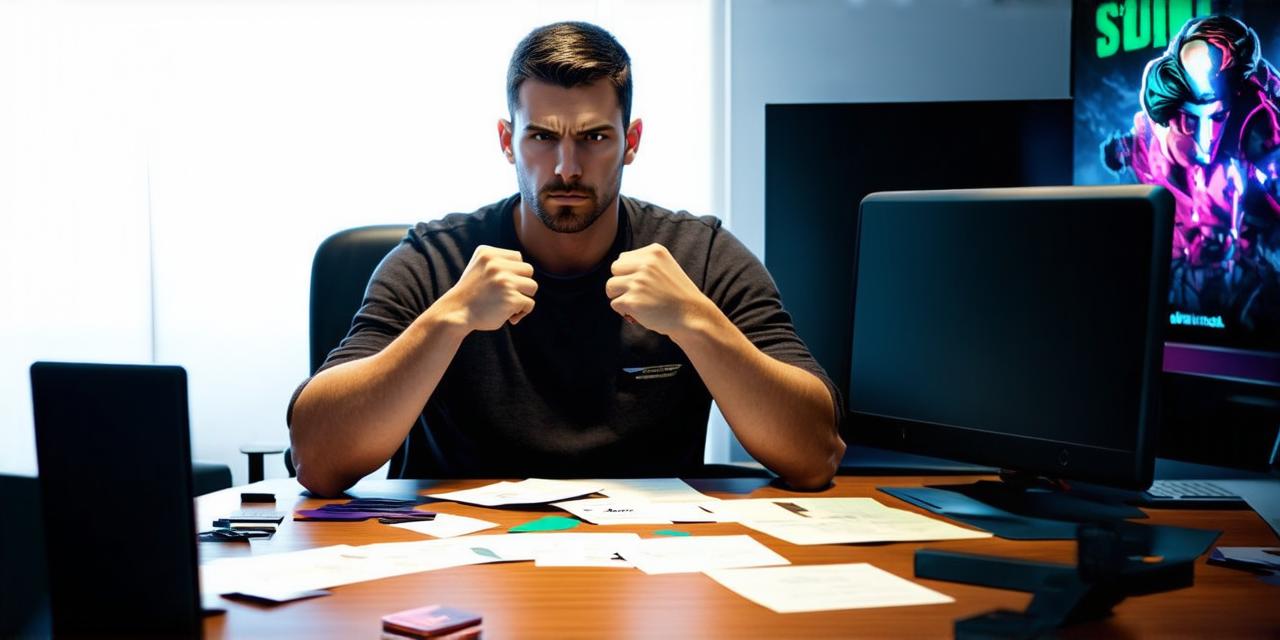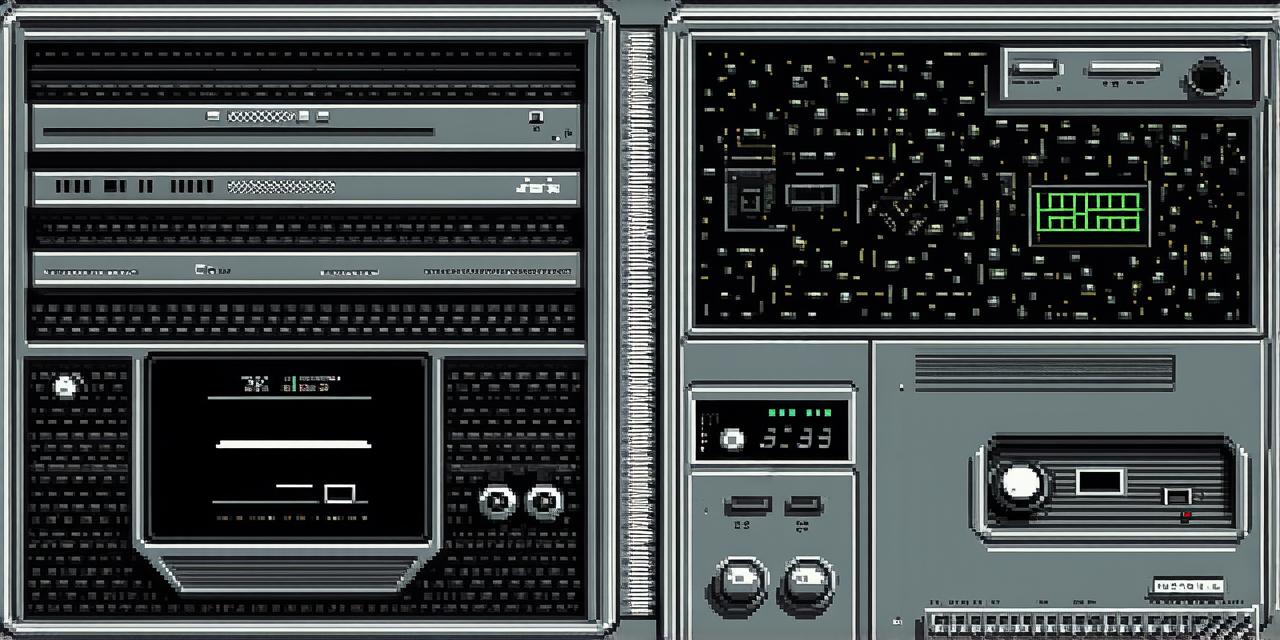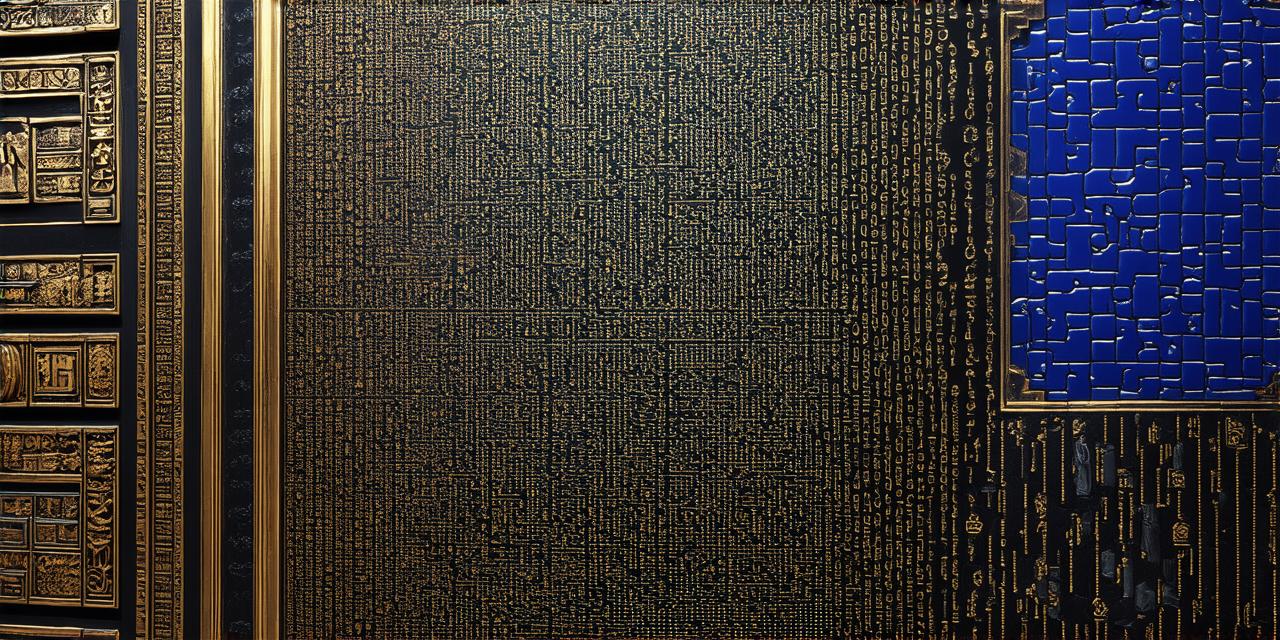Introduction
The world of video games has grown exponentially in recent years, with millions of people around the globe spending hours each day playing their favorite titles. As a result, there is a high demand for skilled and creative individuals who can design and develop engaging and immersive games that captivate audiences. In this guide, we will delve into the world of video game design and explore what it takes to create successful games in today’s competitive market.
Understanding Video Game Design
Before we dive into the specific tasks and responsibilities of a video game designer, it’s important to first understand what design is and how it applies to video games. At its core, design is the process of creating solutions to problems or needs. In the context of video games, this means using creativity and critical thinking to come up with ideas that will engage players and create a memorable gaming experience.
There are several different types of game design, including level design, character design, storytelling, and user interface design, among others. Each of these areas is crucial to the success of a game, as they all contribute to creating an immersive and engaging experience for players.
The Role of a Video Game Designer
As mentioned earlier, video game designers are responsible for coming up with ideas and solutions that will engage and entertain players. This involves a variety of tasks and responsibilities, including:
- Conceptualization: Video game designers start by brainstorming ideas for their games, drawing on their creativity and experience to come up with unique and engaging concepts that will stand out in a crowded market.
- Research and Analysis: Once they have an idea for a game, video game designers conduct extensive research and analysis to ensure that it has the potential to be successful. This may involve studying player behavior, analyzing market trends, and gathering feedback from other industry professionals.
- Game Mechanics Design: Video game designers are responsible for creating the rules and systems that govern how players interact with the game world. This includes everything from movement mechanics to combat systems, puzzles, and mini-games.
- Level Design: In addition to creating game mechanics, video game designers also design the levels or environments that players will navigate through. This involves creating a sense of flow and immersion that draws players deeper into the game world.
- Character Design: Video game designers are responsible for designing the characters that populate the game world. This involves not only creating visually appealing characters, but also ensuring that they have unique personalities and behaviors that make them memorable to players.
- Storytelling: Finally, video game designers are responsible for crafting the story that drives the game forward. This includes everything from dialogue and cutscenes to overarching plot arcs that players will experience as they progress through the game.
Case Studies in Video Game Design
To better understand what it takes to be a successful video game designer, let’s take a look at some real-life examples of designers who have made an impact in the industry.
- Shigeru Miyamoto: Perhaps the most famous example of a successful video game designer is Shigeru Miyamoto, the creator of Super Mario Bros., The Legend of Zelda, and countless other classic games. Miyamoto’s designs were known for their simplicity and elegance, as well as their ability to create a sense of immersion that drew players deeper into the game world.
- Hideo Kojima: Another legendary video game designer is Hideo Kojima, the creator of the Metal Gear Solid series. Kojima’s games were known for their intricate storytelling and unique gameplay mechanics, which helped to create a sense of immersion that kept players engaged throughout the entire experience.
- Jonathan Blow: Finally, Jonathan Blow is a designer who has made a name for himself in the indie game scene.




